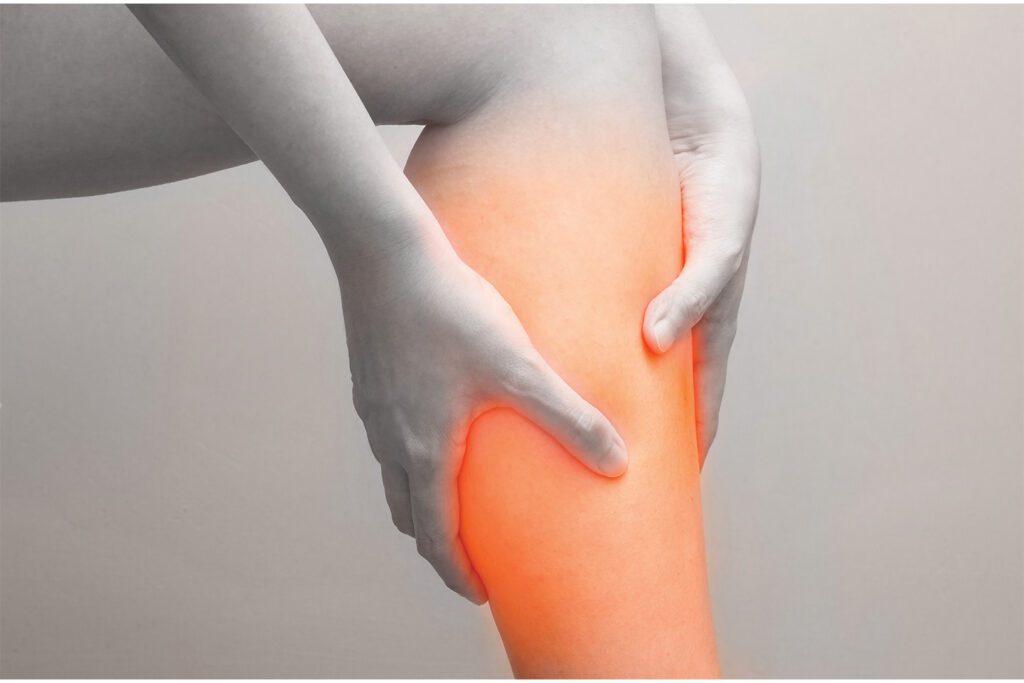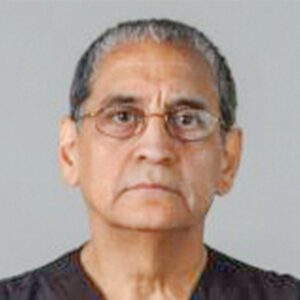Q. Is it possible for varicose veins to come back after surgery to treat them?
A. Varicose veins may come back after surgery due to continued venous insufficiency in other truncal veins. There are definitely other options for treatment, even after being treated multiple times. There are surgical therapies that can help recurrent varicose veins. Evaluation begins with a history and physical and potentially an ultrasound to determine the best treatment plan for each individual case.


Elizabeth Hartmann, MD
Vascular/Endovascular Surgeon, Vascular Institute of Chattanooga
Q. My mother is going through rehabilitation following a stroke. What can I do to be helpful and supportive as she continues her treatment and eventually moves back home? Are there any particular things I should be mindful of?
A. Successful stroke recovery begins in an inpatient rehabilitation facility. Research rehabilitation providers, as not all facilities are the same. Additionally, participate in family training opportunities that your mother’s facility offers. Learn specific ways to care for her and support her progress. Write down questions for her doctor and therapists. Keep a list to remember to ask everything you want and need to know. Depression is a common symptom in stroke survivors, and it is best to begin medication while still in the hospital to address possible side effects before your mom goes home. Other factors to discuss with your mother’s providers are silent aspiration caused by impacted swallowing issues, vision that can be impaired from a stroke, and nutrition, which is critical to overall healing progress. It’s also good to discuss with the therapist any home modifications that will be needed to ensure safety. For example, removing rugs and having clear pathways will address potential fall risks. It is important to remain her advocate.

Amjad Munir, MD
Medical Director, Encompass Health Rehabilitation Hospital of Chattanooga
Q. Should I worry about melanoma in the wintertime?
A. To briefly address this topic: While melanomas and other skin cancers are typically associated with summer, their development can occur any time. Along with the sun’s UV rays, there are other factors like genetic predisposition and family history that can contribute to your risk. Melanomas can also develop in non-sun-exposed areas, and even young adults can
be at risk.
For your best protection, I recommend seeing a dermatologist annually. Self-exams using the ABCDE criteria can be helpful; however, avoid self-diagnosis as the actual diagnosis of an early lesion can be difficult, requiring professional expertise.
Early diagnosis is critical, as failure to diagnose melanoma early can lead to consultations with medical and surgical oncologists, resulting in advanced procedures, drug therapies, and/or removal of lymph nodes. The difference in cure rates between early and late diagnosis can be dramatic despite current therapies.
Even during the winter months, you need to be vigilant and protect your skin. Have at least an annual exam and immediately report any skin changes between visits.

Alvaro Valle, MD, FACS
Surgical Oncologist, Melanoma & Breast Soft Tissues, University Surgical Associates
Q. Should I worry about melanoma in the wintertime?
A. For many people posture is “familial.” Back exercises can help reduce pain, but it will not likely change your posture. Injuries can damage ligaments and bone structures, and subsequently cause pain, which will affect posture. Traumatic or injury-related posture changes and pain may require surgical intervention. Back pain is quite common regardless of your posture and is often temporary. It can be prevented, reduced, or treated by maintaining good core strength and judicious use of over-the-counter medications. Consulting a specialist for your back pain is always an option and can speed your recovery.

Alvaro Valle, MD, FACS
Orthopedic Surgeon, Comprehensive Spine Institute
Q. My son sprained his ankle playing basketball. Can he keep playing on it?
A. An ankle sprain typically involves the ligaments on the outer side of the ankle. One or more ligaments become torn, and this can range in severity from a microscopic disruption to complete ligament discontinuity. Luckily, most of these injuries heal well with conservative management. A good treatment plan usually consists of the “PRICE” acronym, which stands for protection, rest, ice, compression, and elevation. The length of time it will take to return to play will depend on how severe the sprain is as well as the functional status of the athlete. An athlete should be able to accomplish certain movements (such as rapid acceleration and deceleration) without great difficulty and pain. A short course of physical therapy can often be beneficial, as can the use of an ankle-stabilizing brace in order to prevent re-injury. Anyone who has had an ankle sprain should keep in mind that they are at a higher risk of having another.

Christopher D. Lotufo, DPM, FACFAS
Foot & Ankle Specialist, Center for Sports Medicine & Orthopaedics

